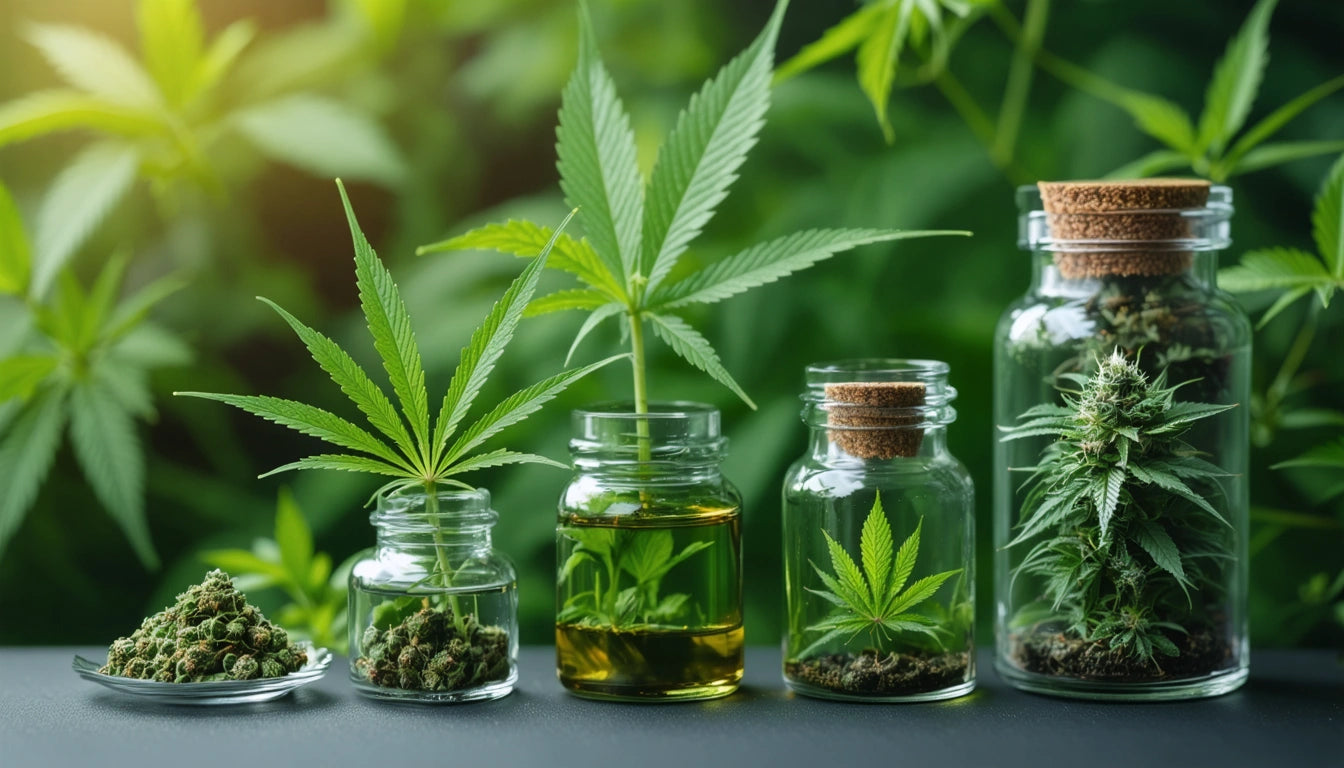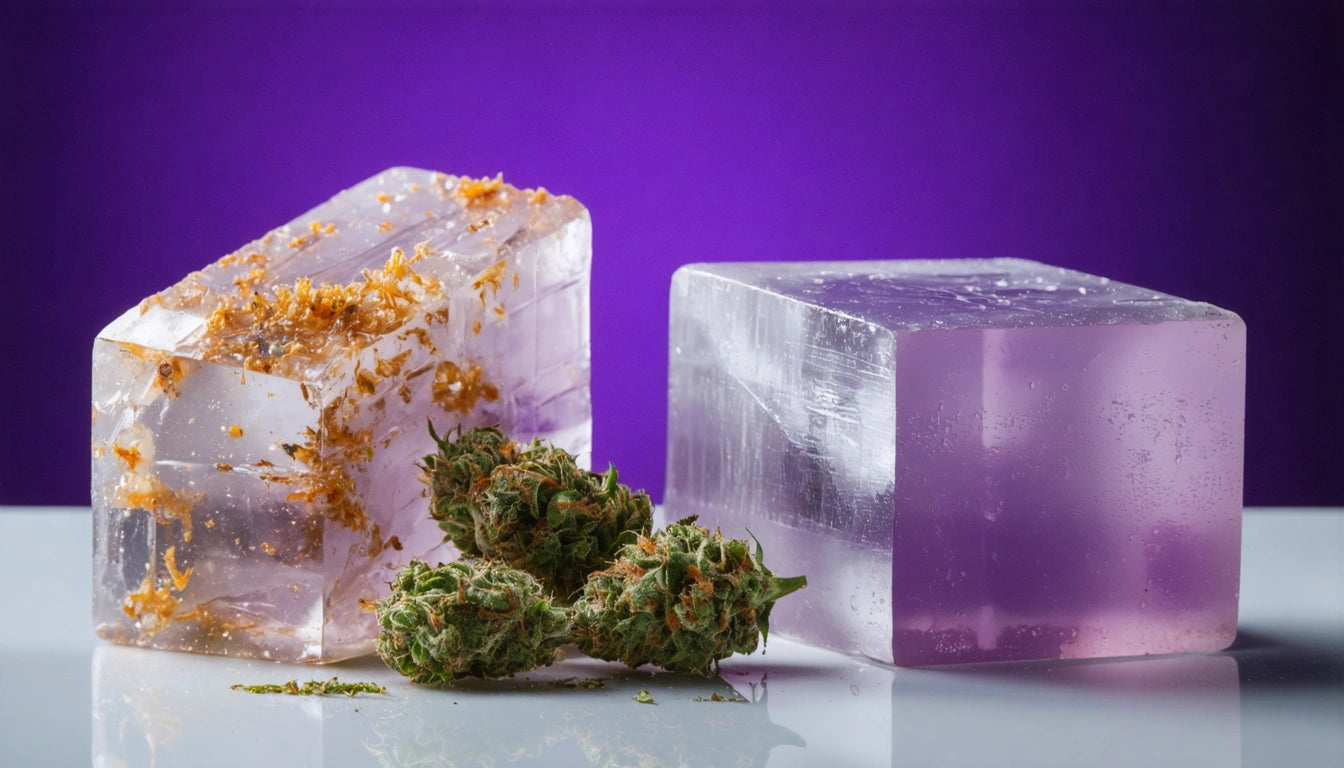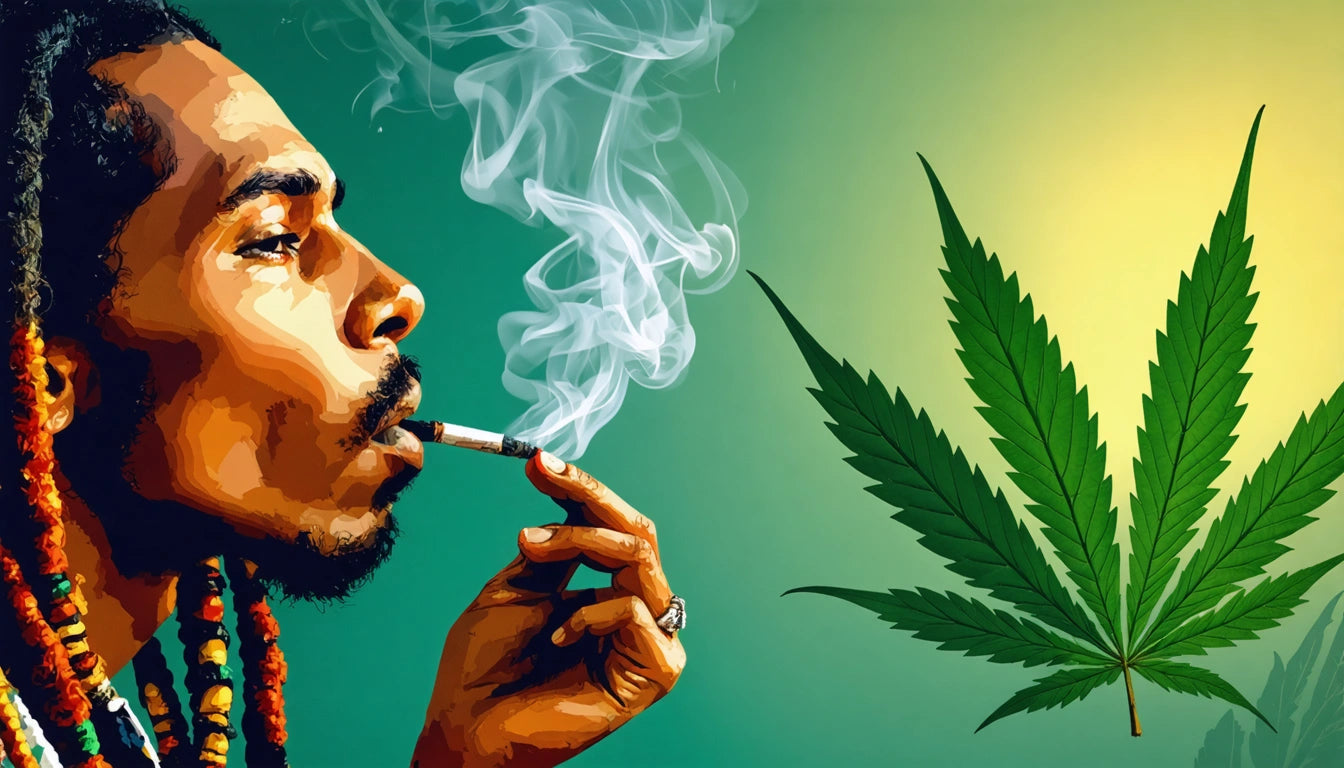Table of Contents
Understanding THCP and THCB: Potency and Effects Explained
The cannabis plant contains over 100 cannabinoids, with new compounds still being discovered and researched. Among these, THCP (tetrahydrocannabiphorol) and THCB (tetrahydrocannabutol) have emerged as particularly interesting due to their unique properties and potency. This guide explores what these cannabinoids are, how they compare to traditional THC, and what consumers should know about their effects.
Introduction to THCP and THCB
THCP and THCB are phytocannabinoids that were discovered relatively recently. They belong to the same chemical family as the more familiar delta-9-THC but have structural differences that significantly impact their interaction with the body's endocannabinoid system. Understanding these compounds is becoming increasingly important as they begin appearing in consumer products.
What is THCP: Structure and Discovery
THCP, or tetrahydrocannabiphorol, was first identified by Italian researchers in 2019. What makes THCP unique is its alkyl side chain, which contains seven carbon atoms instead of the five found in traditional delta-9-THC. This seemingly small difference has profound implications for how the molecule binds to cannabinoid receptors in the body.
According to research on THCP potency differences, this extended alkyl chain allows THCP to bind more effectively to CB1 receptors, which are primarily responsible for the psychoactive effects associated with cannabis consumption.
What is THCB: The Lesser-Known Cannabinoid
THCB (tetrahydrocannabutol) is another recently discovered cannabinoid with a four-carbon side chain. While less researched than THCP, preliminary studies suggest it may have unique properties that differentiate it from both traditional THC and THCP. The structural differences in THCB affect how it interacts with the endocannabinoid system, potentially resulting in different effects.
As noted in this comparison of THC variants, THCB remains less understood than other cannabinoids, with research still in early stages regarding its full effect profile and potential applications.
Potency Comparison: Why is THCP So Strong?
Receptor Binding Affinity
The question "why is THCP so strong" comes down to molecular structure. The seven-carbon side chain of THCP allows for significantly stronger binding to CB1 receptors compared to the five-carbon chain of delta-9-THC. This enhanced binding affinity translates to greater potency even at lower doses.
Studies exploring THC potency indicate that THCP may be 5-33 times more potent than traditional delta-9-THC, making it potentially the most potent naturally occurring cannabinoid discovered to date.
Concentration in Plants
Despite its high potency, THCP occurs naturally in very small concentrations in cannabis plants. This means that traditional cannabis consumption would rarely deliver significant amounts of THCP. However, with advancing extraction and synthesis methods, isolated THCP products are beginning to enter the market.
Effects of THCP: What Does THCP Do?
Understanding what THCP does requires looking at both its psychoactive and potential therapeutic effects. Users report that THCP produces effects similar to traditional THC but at much lower doses.
Psychoactive Effects
- More intense euphoria
- Stronger sensory enhancement
- Potentially longer duration of effects
- More pronounced cognitive changes
According to information on THCP duration, the effects may last longer in the system compared to traditional THC, which has implications for both recreational users and those subject to drug testing.
Potential Therapeutic Applications
Early research suggests THCP may have enhanced therapeutic potential in areas where traditional THC has shown benefits, including:
- Pain management
- Anti-inflammatory effects
- Appetite stimulation
- Nausea reduction
However, clinical studies on THCP's therapeutic applications are still in preliminary stages, and more research is needed to fully understand its medical potential.
Safety Considerations and Regulatory Status
The high potency of THCP raises important safety considerations. Due to its strength, even small amounts could potentially lead to uncomfortable experiences for unprepared consumers. This heightened potency makes proper packaging and labeling crucial for consumer safety.
As with other high-potency cannabis products, proper safety measures including child-resistant packaging are essential to prevent accidental ingestion, particularly given the compound's potency and the risk of significant effects even at small doses.
The regulatory status of THCP and THCB remains somewhat ambiguous in many jurisdictions. Unlike delta-9-THC, these newer cannabinoids aren't specifically named in many cannabis regulations, creating a gray area that varies by location.
Future Implications for Cannabis Research and Products
The discovery of highly potent cannabinoids like THCP and the less-studied THCB opens new avenues for cannabis research and product development. These compounds may eventually lead to more targeted cannabinoid therapies that require lower doses to achieve therapeutic effects.
For consumers, understanding what THCP is and how it differs from traditional THC will become increasingly important as products containing these compounds become more widely available. Education about potency differences, appropriate dosing, and potential effects will be crucial for safe consumption.
As research continues to evolve, our understanding of these potent cannabinoids will undoubtedly deepen, potentially revealing new applications and considerations for both medical and recreational cannabis use. The discovery of compounds like THCP and THCB demonstrates that despite decades of cannabis research, the plant still holds secrets waiting to be uncovered.











Leave a comment
All comments are moderated before being published.
This site is protected by hCaptcha and the hCaptcha Privacy Policy and Terms of Service apply.